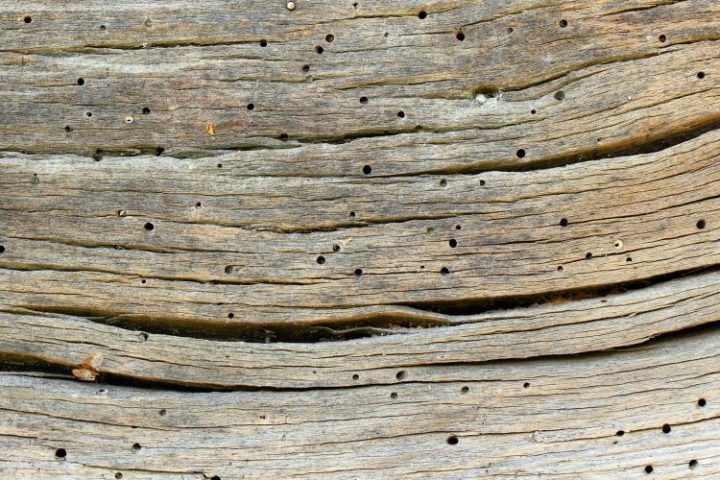Joint statement/call ICOM-ICOMOS for the immediate repeal of the classification of nitrogen as a biocidal active substance for cultural heritage preservation applications across the EU.
In reference to the REGULATION (EU) No 528/2012 OF THE EUROPEAN PARLIAMENT AND OF THE COUNCIL of 22 May 2012, concerning the making available on the market and use of biocidal products.
Nitrogen is included in Annex I of the Regulation above, however restricted to uses in limited quantities in ready-for-use canisters. This restriction needs to be removed and the possibility for nitrogen to be authorised as a biocidal product through the simplified authorisation procedure, as nitrogen plays a vital role in eliminating insect infestation on cultural heritage objects, movable or immovable.
Over the past decades, more and more museums and cultural heritage institutions in Europe have turned away from potentially hazardous chemical control to an Integrated Pest Management (IPM).
IPM uses anoxia or modified/controlled atmospheres for treatment with a very low oxygen atmosphere in a chamber or tent with the aim to eliminate insect infestation on cultural heritage objects, movable or immovable, in all stages of development. Different modified/controlled atmospheres include inert gases (for example nitrogen, helium, argon) and carbon dioxide, where nitrogen is the most frequently used gas.
The displacement of atmospheric oxygen is a well-established method, there is no equivalent alternative in terms of preservation care and human health, for both staff and visitors of cultural heritage institutions. The procedure is included in the European Standard EN 16790:2016 Conservation of Cultural Heritage – Integrated pest management (IPM) for protection of cultural heritage. IPM is currently being used globally, it is more sustainable and reduces considerably the risks for the heritage objects and for the professionals dealing with them.
Many institutions have invested in own treatment chambers for anoxic disinfestation, for both prophylactic or acute pest elimination. With the extension of a mandatory registration of on-site generated nitrogen from September 2017 by the biocidal products regulation EU 528/2012 these facilities can no longer be operated. As a result, the cultural heritage institutions are faced with the acute danger that cultural heritage may be damaged or irretrievably lost, or that traditional organo-chlorine biocides may experience an undeserved revival.
In summary, the nitrogen ban is not justified for health aspects. It is bad for the cultural heritage conservation community to have less choices for treatment interventions, with the anoxic treatment being among the most compatible with many materials and objects. Finally, the ban is also economically damaging the market of European stakeholders in the IPM business, favouring less sustainable and riskier treatments.
Therefore, ICOM and ICOMOS jointly call upon the National Ministries, the European Parliament and Council, to repeal as soon as possible the classification of nitrogen as a biocidal active substance across the European Union. We advocate for a solution in which the use of nitrogen for this specific purpose in cultural heritage preservation is ratified for the entire European Union.
The International Council of Museums (ICOM) is the only international organization of museums and museum professionals. It is committed to the research, conservation, continuation and communication to society of the world’s natural and cultural heritage, present and future, tangible and intangible.
ICOM is a membership association and a non-governmental organization which establishes professional and ethical standards for museum activities. As forum of experts, it makes recommendations on issues related to cultural heritage, promotes capacity building and advances knowledge. ICOM is the voice of museum professionals on international stage and raises public cultural awareness through global networks and co-operation programs.
ICOM facts and figures (December 2018)
40,860 professionals in 138 countries, 120 National Committees, 30 International Committees
The International Council on Monuments and Sites (ICOMOS) works for the conservation and protection of cultural heritage places. It is the only global non-government organization of this kind, which is dedicated to promoting the application of theory, methodology, and scientific techniques to the conservation of the architectural and archaeological heritage.
ICOMOS is a network of experts that benefits from the interdisciplinary exchange of its members, among which are architects, historians, archaeologists, art historians, geographers, anthropologists, engineers and town planners.
The members of ICOMOS contribute to improving the preservation of heritage, the standards and the techniques for each type of cultural heritage property: buildings, historic cities, cultural landscapes and archaeological sites.
ICOMOS facts and figures (February 2019)
10,546 Individual Members in 151 countries, 271 Institutional Members, 107 National Committees, 28 International Scientific Committees

